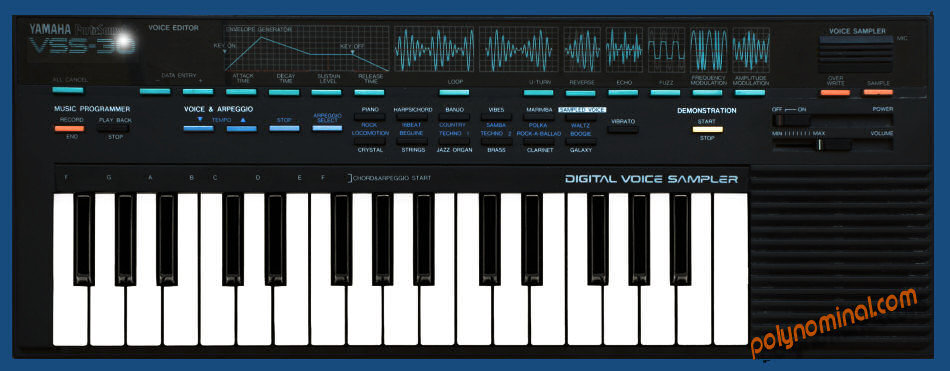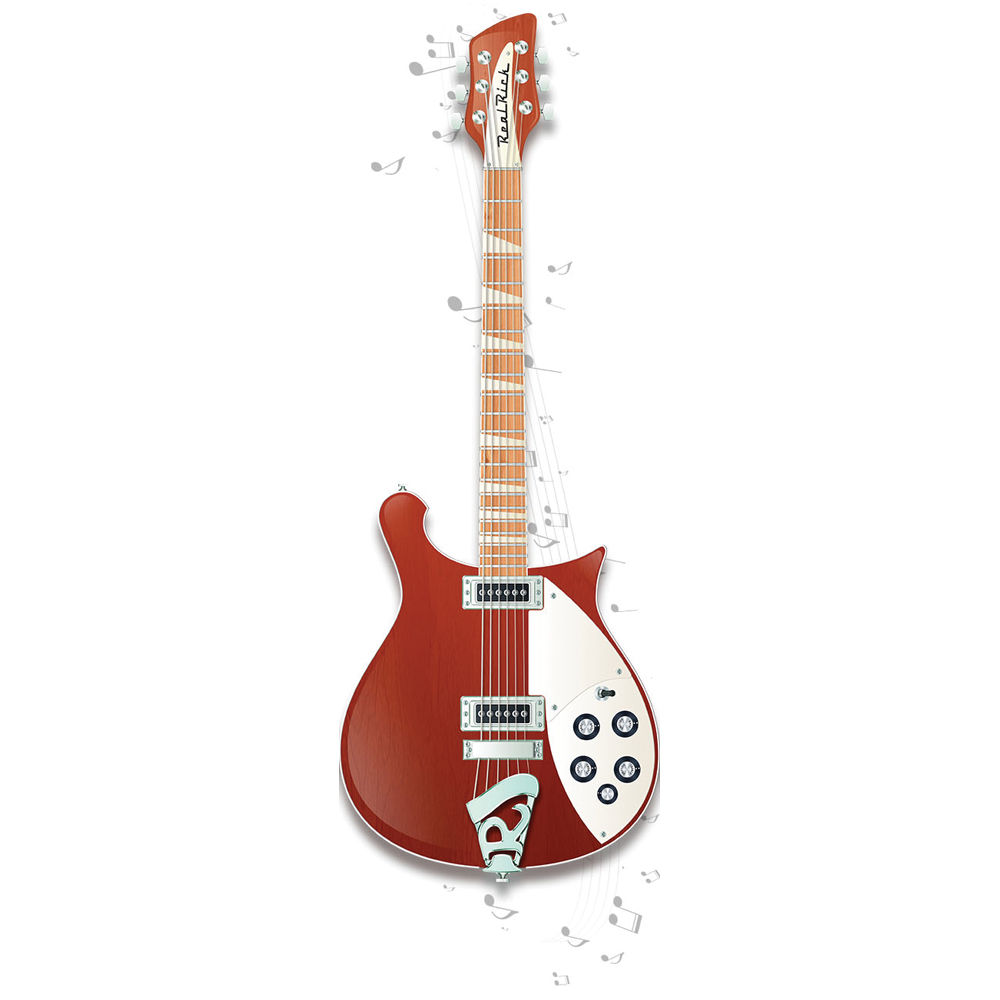Free download, free downloads, download, downloads, descargar, descarga, descargar gratis, descarga gratis, vst, vsti, virtual instrument DSK Asian DreamZ DSK Music January 25th, 2012 Romplers (real instruments) Virtual Instruments 100 Comments ». Download over 400 Free VST Plugins and Free VST instruments.We have searched the web for the best free VST plugins to download. These are the best VST plugins that can be used with music software like FL Studio, Ableton Live, Pro Tools, Reaper, and more.
Traditional Japanese musical instruments are musical instruments used in the traditional and folk music of Japan. They comprise a range of string, wind, and percussion instruments.
Percussion Instruments[edit]
- Bin-sasara (編木, 板ささら; also spelled bin-zasara) — clapper made from wooden slats connected by a rope or cord
- Hyōshigi (拍子木) — wooden or bamboo clappers
- Den-den daiko (でんでん太鼓) — pellet drum, used as a children's toy
- Ikko — small, ornately decorated hourglass-shaped drum
- Kagura suzu — hand-held bell tree with three tiers of pellet bells
- Kakko (羯鼓) — small drum used in gagaku
- Kane (鉦) — small flat gong
- Kokiriko (筑子, こきりこ) — a pair of sticks which are beaten together slowly and rhythmically
- Shakubyoshi (also called shaku) — clapper made from a pair of flat wooden sticks
- Mokugyo (木魚) — (also called Wooden fish) woodblock carved in the shape of a fish, struck with a wooden stick; often used in Buddhist chanting
- Ōtsuzumi (大鼓) — hand drum
- San-no-tsuzumi (三の鼓), hourglass-shaped double-headed drum; struck only on one side
- Sasara (ささら) — clapper made from wooden slats connected by a rope or cord
- Sekkin - a lithophone either bowed or struck
- Shime-daiko (締太鼓) — small drum played with sticks
- Shōko (鉦鼓) — small bronze gong used in gagaku; struck with two horn beaters
- Taiko (太鼓), literally 'great drum'
- Tsuri-daiko (釣太鼓) — drum on a stand with ornately painted head, played with a padded stick
- Tsuzumi (鼓) — small hand drum
Korg Vst Instruments Free Download
Strings[edit]
- Biwa, a pear shaped lute
- Gottan or hako-jamisen
- Ichigenkin (一絃琴), monochord
- Junanagen (十七絃), the 17-string koto
- Koto (琴, 箏), a long zither
- Kugo (箜篌), an angled harp used in ancient times and recently revived
- Sanshin (三線, literally 'three strings'), an Okinawan precursor of the mainland Japanese (and Amami Islands) shamisen
- Shamisen (三味線), a banjo-like lute with three strings; brought to Japan from China in the 16th century. Popular in Edo's pleasure districts, the shamisen was often used in Kabuki theater. Made from red sandalwood and ranging from 1.1 to 1.4 meters long, the shamisen has ivory pegs, strings made from twisted silk, and a belly covered in cat or dog skin. The strings, which are of different thickness, are plucked or struck with a tortoise shell pick.
- Taishogoto (大正琴), a zither with metal strings and keys
- Tonkori (トンコリ), a plucked instrument used by the Ainu of Hokkaidō
- Yamatogoto (大和琴), ancient long zither; also called wagon (和琴)
Bowed[edit]
- Kokyū, a bowed lute with three (or, more rarely, four) strings and a skin-covered body
Wind[edit]

Flutes[edit]

Japanese flutes are called fue (笛). There are eight traditional flutes, as well as more modern creations.

- Hocchiku (法竹) — vertical bamboo flute
- Nohkan (能管) — transverse bamboo flute used for noh theater
- Ryūteki (龍笛) — transverse bamboo flute used for gagaku
- Kagurabue (神楽笛) — transverse bamboo flute used for mi-kagura (御神楽), Shinto ritual music)
- Komabue (高麗笛) — transverse bamboo flute used for komagaku; similar to the ryūteki
- Shakuhachi (尺八) — vertical bamboo flute used for Zen meditation
- Shinobue (篠笛) — transverse folk bamboo flute
- Tsuchibue (hiragana: つちぶえ; kanji: 土笛; literally 'earthen flute') — globular flute made from claymore
- Bow flute (弓笛)- a flute developed by Ishida Nehito with bow hair on it to accompany the kokyū.[1]
Reed Instruments[edit]
- Hichiriki (篳篥) — double-reeded flute used in different kinds of music
Free reed mouth organs[edit]
- Shō (笙) — 17-pipe mouth organ used for gagaku
- U (竽) — large mouth organ
Horns[edit]
- Horagai (法螺貝) — seashell horn; also called jinkai (陣貝)
Chinese Instrument Vst
Other[edit]
- Mukkuri (ムックリ) — jaw harp used by the Ainu people
- Koukin (口琴) — general name for the jaw harp, in Edo period also called Biyabon (びやぼん)
See also[edit]
Vst Wikipedia
Bibliography[edit]
Free Vst Download Site
Gunji, Sumi; Johnson, Henry (2012). A Dictionary of Traditional Japanese Musical Instruments: From Prehistory to the Edo Period. Tokyo: Eideru Kenkyūjo. ISBN978-4-87168-513-9..
References[edit]
Asian Instruments Vst
- ^http://www.nehito.com/soumennbakoreikinn-yumibue.html